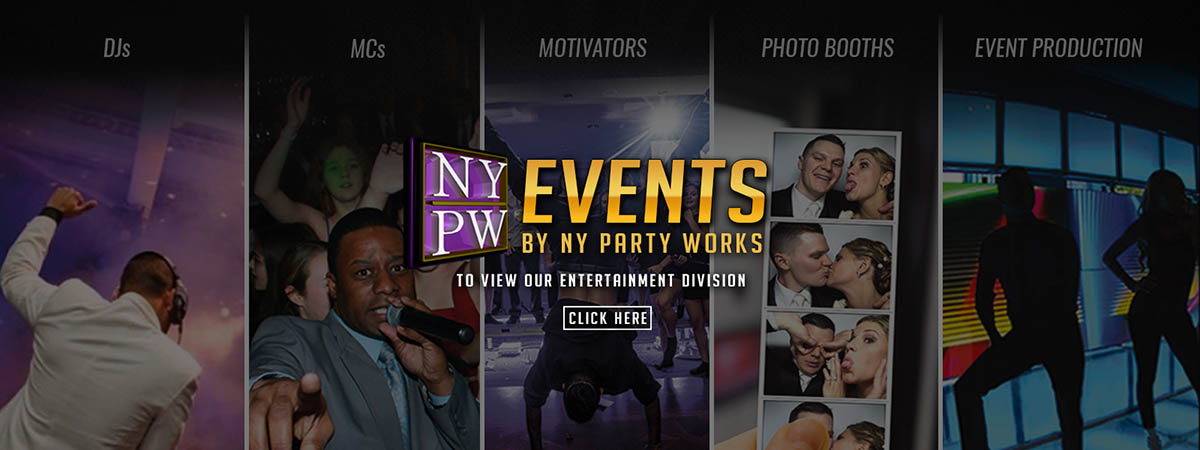Highlighting the Influence of Illumination Techniques on the Craft of Film Projection Mapping Techniques
Highlighting the Influence of Illumination Techniques on the Craft of Film Projection Mapping Techniques
Blog Article
Motion mapping mapping is an exciting creative medium that merges tech and creativity to convert ordinary spaces into extraordinary visual exhibits. This technique entails projecting graphics and footage onto 3D objects, such as structures, sculptures, or platforms. One of the key significant factors in producing successful mapping is the use of efficient lighting methods. Proper lighting improves the visual components of the display and guarantees that the images are crisp and engaging. This piece examines the impact of illumination techniques on motion projection and how they can elevate the complete experience.
Lighting plays a crucial part in video mapping because it sets the atmosphere and feel of the exhibit. Different illumination methods can evoke various feelings and reactions from the viewers. For example, using gentle, cozy lights can create a welcoming atmosphere, while vivid, cool lights may create a more energetic or dramatic effect. By thoughtfully choosing light hues and brightness, artists can manipulate how viewers perceive the displayed visuals, leading to a more immersive encounter. The equilibrium between mapping luminance and ambient illumination is essential, as it can significantly affect the visibility and effect of the images.
In addition to, hue and brightness, the angle of light also affects the effectiveness of mapping. Illumination from different directions can generate contrast and highlights that introduce depth to the projected images. This technique, known as chiaroscuro, can improve the 3D quality of the subjects being projected. Additionally, using dynamic illumination can add energy to the exhibit, making the encounter more check here involving for the viewers. When the illumination interacts with the mapped visuals, it useful content can create an effect of motion and change, capturing the viewers' attention.
Another essential aspect of illumination in projection is the use of special effects. Techniques such as patterned illumination, which uses shapes and forms to project light, can introduce depth and complexity to the mapping. This approach enables creators to superimpose images and produce visually stunning effects that complement the mapping. Additionally, incorporating lasers or LED lights can further enhance the display, providing a unique blend of sight elements that draw the audience in. These special effects, when used thoughtfully, can elevate the projection into a basic show to an engaging piece of creativity.
In summary, the influence of illumination methods on video projection is profound. By understanding how different lighting components connect with mapped visuals, creators can produce enthralling encounters that connect with audience. The thoughtful selection of color, intensity, angle, and unique features allows for a rich tapestry of sight storytelling. As technology continues to evolve, the options for artistic showcasing in mapping will only expand, making illumination an increasingly vital aspect in this progressive creative medium.